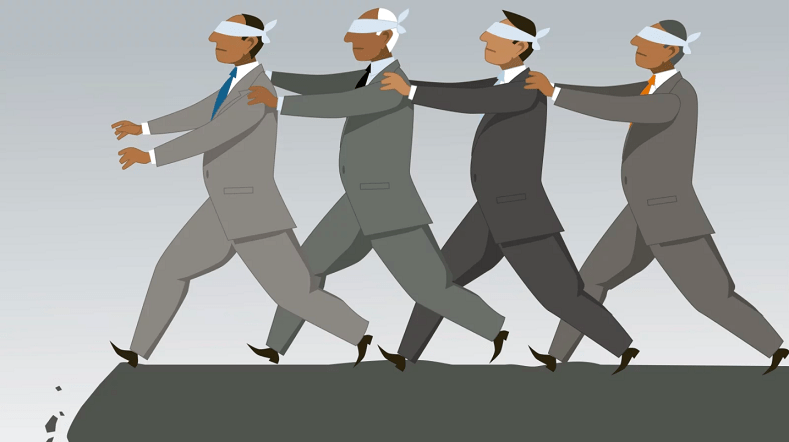We have learned a great deal of information about life and its versatility from the oceans, including possible insights into how life started or how it could exist on other planets. Multiple moons in our solar system such as Enceladus and Europa, contain oceans just like ours that are covered in ice. Hydrothermal vents prove that life can exist in places with no sunlight. To me, this fact is fascinating.
In the deepest parts of the ocean, life is quite sparse. There is no sunlight below 1000 meters, temperatures are near freezing, and the pressure is extreme. However, in certain select regions where tectonic plates are separating, there exist regions where the density of life is 10,000 to 100,000 times greater than the surrounding ocean floor. These biological hotspots are centered around hydrothermal vents, or underwater geysers, and the communities of organisms that they host are not dependent on the sun.
Hydrothermal vents were first discovered in 1977 in an area very familiar to evolutionary study, the Galapagos Ridge. To the shock of scientists, hydrothermal vents were found to be teaming with life. Because hydrothermal vents expel toxic minerals like hydrogen sulfide, which is dangerous to most organisms, it was predicted that life could not exist there. Through further research, it was discovered that bacteria were converting those toxic minerals into energy through a process called chemosynthesis.
Chemosynthesis serves the same role that photosynthesis plays in that it produces energy for the community. In the chemical reaction, the bacteria oxidize hydrogen sulfide and adds carbon dioxide and oxygen to produce sugar and waste products like sulfur. Some waste products are consumed by other organisms and some are toxic. Archaea also perform chemosynthesis around hydrothermal vents through processes like methanogenesis, which uses energy from hydrogen and releases methane. Chemical processes like these allow hydrothermal vent communities to be almost completely independent of the sun.
Chemosynthetic bacteria and archaea act as the primary producers and form what is known as biofilm, a layer of slime and bacteria that helps other organisms stick to surfaces. These sheets of bacteria and slime are then consumed by grazing shrimp and limpets. The small grazing organisms that consume the bacteria are consumed by larger organisms like tubeworms, crabs, and fish. Chemosynthetic bacteria are also used in a multitude of symbiotic relationships. Species like tubeworms contain colonies of chemosynthetic bacteria that detoxify the tubeworm's blood and use the toxins to create energy for the worm and the bacteria.
Hydrothermal vents are thought by some to be the origin of life. The surface of the early Earth was extremely hot, radiated, volcanic, and under bombardment from meteorites. With this in mind and the fact that the earliest living organisms lived in the oceans, it is understood that organic molecules were first synthesized in the ocean or Earth's crust. It is also known that early life used chemosynthetic processes for energy. This makes hydrothermal vents a possible starting point for life on Earth. In Günter Wächtershäuser's Metabolism First theory, he theorizes that life began with small metabolic processes that lead to replication. He theorized that hydrothermal vents, containing elements like carbon dioxide, hydrogen, hydrogen sulfide, oxygen, and iron-sulfur compounds like pyrrhotite and pyrite reacted and lead to self replicating chemical processes.
Hydrothermal vents are created during volcanic activity, and just as easily as they can be created, they can suddenly stop flowing. This leads to a slow death for the community around the vents and a dispersal of its organisms in search of a new vent. Exploration of hydrothermal vents is incredibly expensive and difficult, so much is still unknown about these fascinating biological oases in the deep ocean.
To me, hydrothermal vent communities are fascinating just because of how alien they appear. Preposterous organisms like tubeworms, Pompeii worms, and yeti crabs all look like they come from another planet. When you take into account that the hydrothermal vent acts like a small sun and life down there is independent of the greater food web, it isn't crazy to call them alien.



































